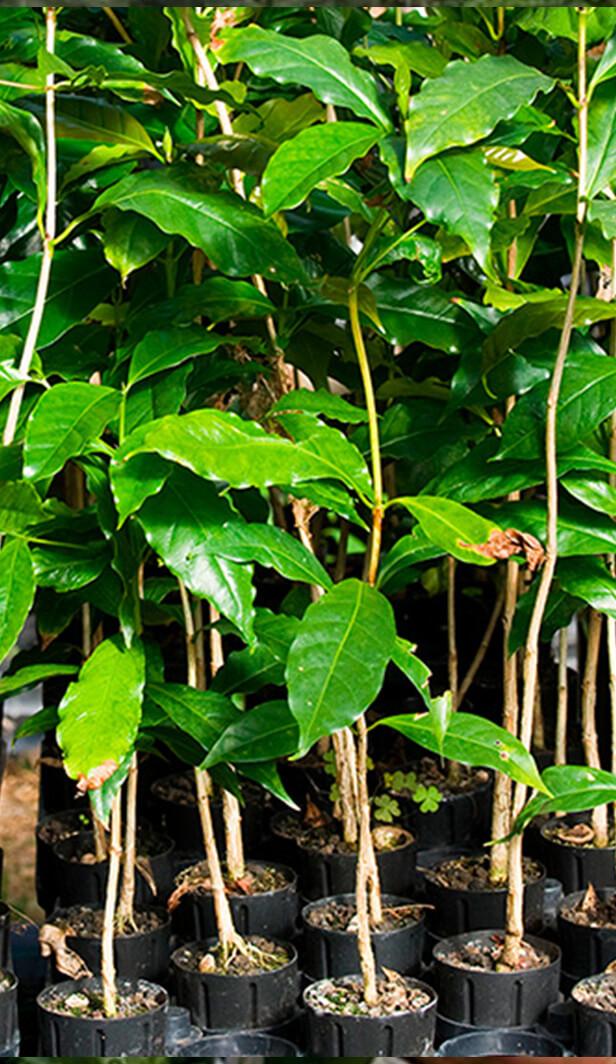WORKING WITH THE POWER OF NATURE

WHEN MORE REALLY MEANS LESS
The world’s forests absorb approximately 2.6 billion tons of carbon dioxide a year, or about a third of all the CO2 released from burning fossil fuels. Forests also provide nutrition, shelter, energy, medicine, and livelihoods to around 1.6 billion people*. Unfortunately, as global populations and demand for food grows, forests are at risk of being converted into farmland. NESCAFÉ® is working towards 100% deforestation-free supply chain for coffee by 2025, and by 2026 intends to plant 20 million native trees to help increase biodiversity, and to promote soil formation and soil health. It’s a big job but not nearly as big as what forests do for the planet.
*add link to the CSV report 2021 p.25

By 2025, NESCAFÉ® aims to achieve 100% deforestation-free coffee and by 2026 intends to plant 20 million native trees to help increase biodiversity, and to promote soil formation and soil health.

Why soil health is so important

BIG CHANGES ARE MADE OF SMALL ONES





